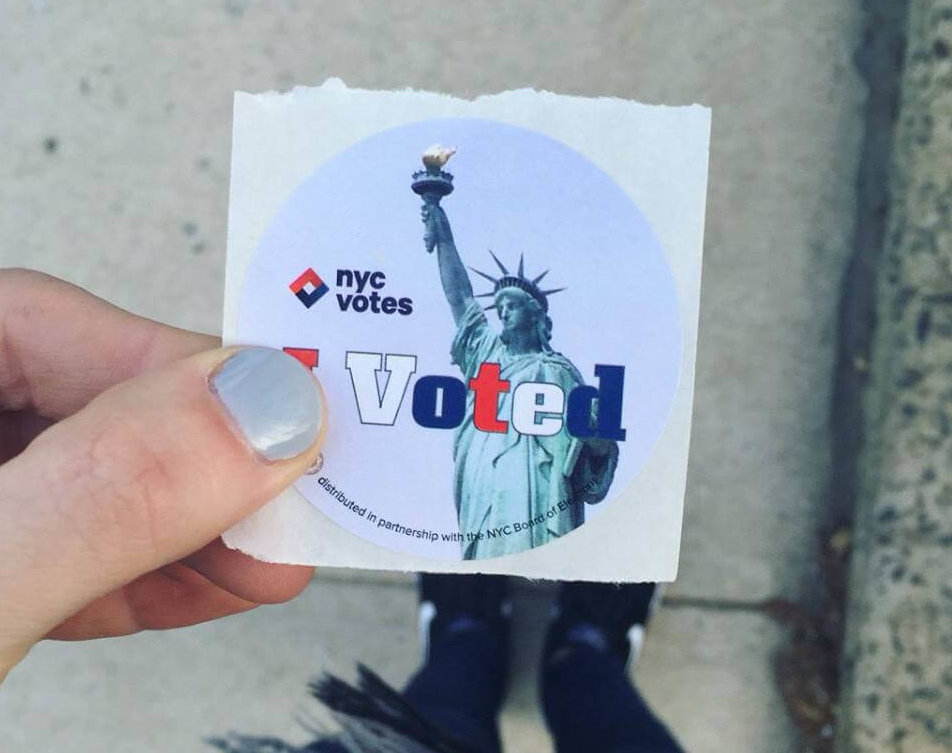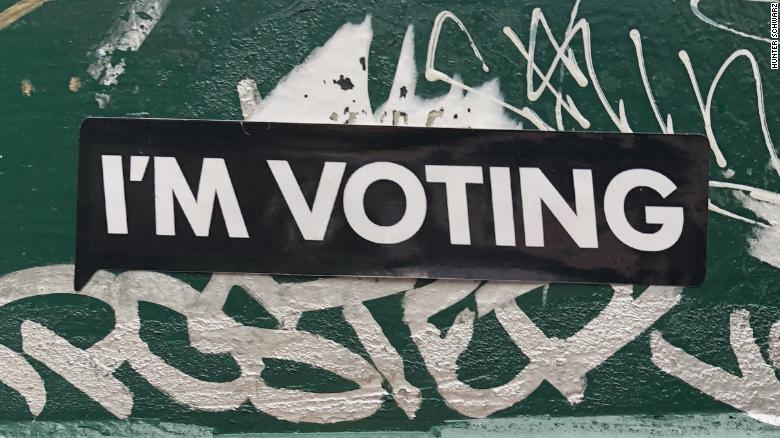El Sótano Art Space
El Sótano Art Space was born out of a need for a space for underrepresented artists to share, collaborate, create, and most importantly, discuss art in a vacuum that emphasizes the cultural and social value over the capitalistic value of art.
Over the past years, for my personal interest and practice, I have researched and studied alternative spaces and how they came into existence. It began in the 60s when the MoMA was rethinking the set up of exhibitions due to artist demand. Museums and galleries were not catching up to the rapid changing structures of modernist art which caused for a push by artists on institutions to create spaces for art that were more politically and socially conscious of the work and of the public domain. This started with the Spaces exhibition in the MoMA and permeated across the art world, creating the concept of “alternative spaces” which has changed throughout the years due to the changing nature of the function of these spaces, but they have stayed true to providing spaces that maintain the artist in mind and reject the formalities and the white-cute aesthetics and mentality of galleries.
After Spaces at the MoMA, spaces such as 112 Greene Street or 112 Workshop came into being in New York City. 112 Greene St was a space that was created out of the need “for radical change in the art-showing process.” It was situated in the basement of a large building in SoHo where artists had full freedom and control to use and manipulate the space to exhibit their work or to create new works. The space was considered to be “raw” in that the owners never polished the basement but instead left the original architectural and interior structures and aesthetics to exemplify the natural and unrefined look that parallels the freedom and liberty that the space gives artists to make and exhibit work.
Fast forward to the 2000s and the art world in NYC has moved from downtown Manhattan to parts of Brooklyn and Queens. NY artists and curators were seeking an alternative to the traditional gallery context which brought a push, specifically by those whose work stems from conceptualism and performance, to exhibit in spaces that were not commercial and that could flourish in an environment separate to that which had been created by the art market. Orchard founded by Andrea Fraser, Fareth James, and Christian Philip-Muller were involved in this revolutionary movement by creating a space where money was secondary and the space does not advertise fame and fortune through artwork but rather focuses on a variety of artists showing their work in the context appropriate for their medium and purpose.
In 2003, Kelly Taxter and Pascal Spengemann organized Taxer’s apartment in Chelsea for art shows. In Bushwick, Paul D’Agostino currently runs the oldest running gallery in Bushwick which has not only been a staple for the Bushwick art scene but a model for many alternative spaces in the area. The concept of the intimacy of the living-room essence is important for the dynamic of the alternative living room gallery to work. The psychological manipulation of the audience causes for authority and professionalism not be established by the space but rather by the artists, the art, and the visitors. The importance I see here is the separation from the traditional white-cube setting that becomes an antagonist for fruitful discussion.
The outlook alternative spaces have on art and their position with the art market could be described as Olav Velthuis’ description of “Hostile Worlds”. Velthuis defines Hostile Worlds as a framework that focuses on the “detrimental effects of the confrontation between the logic of the arts and the logic of capitalist markets.” This viewpoint elucidates the negative outcomes that evidently separate the artist from their work as well as the audience due to the introduction of capitalist view that causes this alienation. It states that, when viewed through a capitalist lens, art becomes a commodity or a fetish due to its market value being more important than its intrinsic value. This is the inevitable outcome that the art market brings into play within traditional gallery settings which alters the view of the artwork.
The white-cube exists because of the art market. Although they are not always directly paired (the separation of the concepts of the “front room” and the “back room” in galleries) the set up is made so that the front room implies the commercial aspects of the art that then happens in the back room. The gallery space is defaulted to fall into the norms of being bare minimalistic, with each work having a certain autonomy with the space between the works. Galleries, therefore, create an atmosphere through their architectural and interior designs that psychologically manipulate the behavior of the viewer. The implied cultural and social value of the work that is given an invisible price tag by the space assures that viewers maintain their distance, regard the space in a professional and conservative way, speak quietly, and become aware and self-conscious of themselves within the space. The artist is rarely seeing, if ever, and information about the work is often limited to what is said in the press release or by tags near the works limited to 80 words. The elitist implications of the space skew the experience of the viewer and therefore skewes the true meaning of the works.
Arjo Klamer’s concepts of cultural goods is also evident within alternative spaces. Klamer’s definition of cultural goods and their ties to “cultural conversations” touches on the idea that cultural goods are shaped by the conversations that are held about and around them. These conversations create a set of rules and principles in which the cultural good lives within which produces values and meaning for the work. Alternative spaces emphasize the intention to raise the cultural value rather than the monetary value of the piece.
Martin Beck, nearing the end of his essay, Alternative: Space raises the concern that due to the rapid changing mainstream culture, alternative spaces have been put into question as an increase in the availability of cultural venues continues to expand. This increase in different spaces jeopardizes the visibility of true alternative spaces and the paradigms for alternative spaces. Beck claims that alternative spaces were a movement that was time-based and contingent upon the social, political, and aesthetical positions of the time and therefore reliant upon these conditions to merely exist. As time continues, these factors change, yet the need for alternative spaces is still necessary, especially in the contemporary scene where art fairs, the expansion of Chelsea, Williamsburg, and Bushwick art galleries, and the technological effects on the art market (now being digital e.g. Artsy) have increased the consumerist and capitalistic notions are prevalent now more than ever.
Using this as a foundation for El Sótano, I wish to bring these historical contexts into the contemporary realm and see how these will shift, what new approaches need to be made, and how the contemporary atmosphere of the art world will react with El Sótano. El Sótano grew out of a realization that there was a lack of space for representation of the diverse and inspiring new creative minds that are underrepresented within the art world. As artists in New York City, we have experienced the dividing limitations and boundaries that need to be crossed to be seen in the art world and want to create a space free of them. El Sótano seeks to cultivate a space for conversation that focuses on the cultural and social value of the arts. As we work to catalyze change, we seek to not only provide a space, but also support to all those who come to make El Sótano an artistic community.














